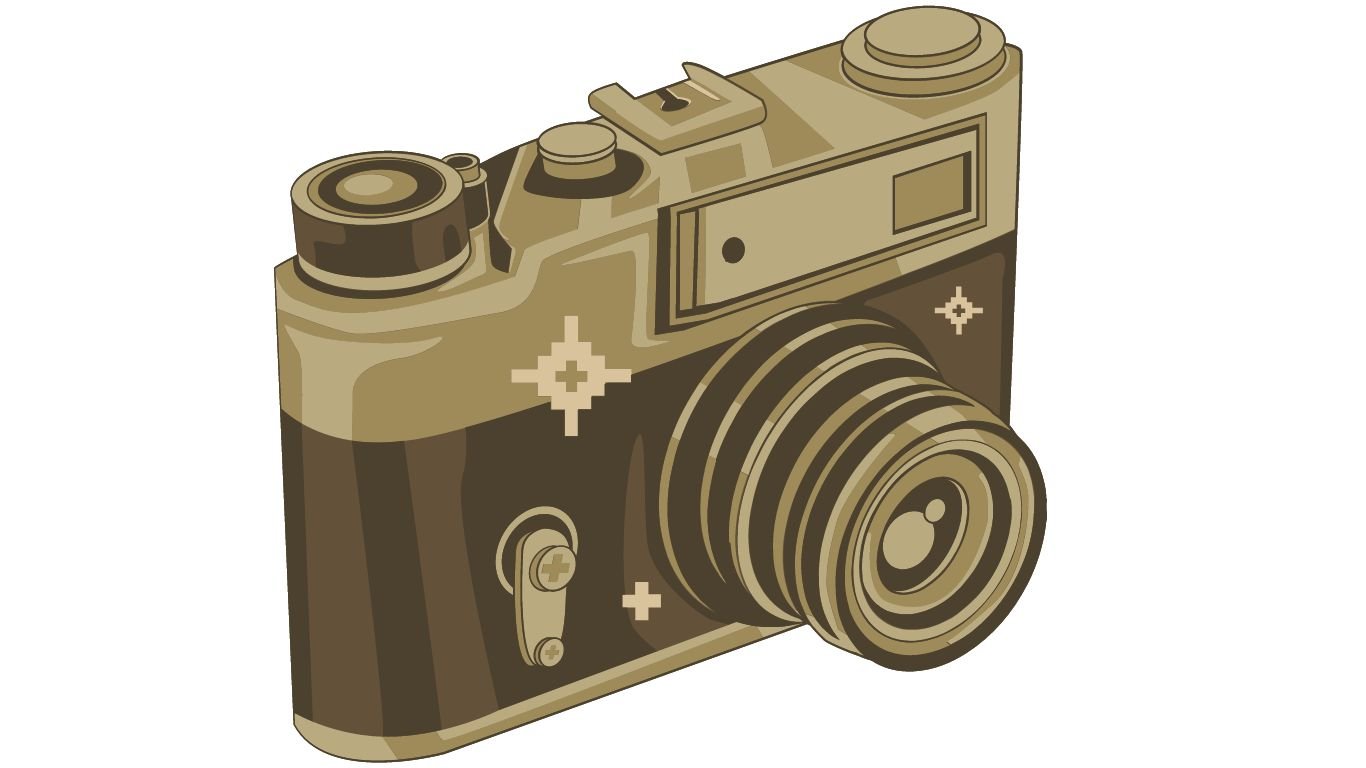Technology is the application of conceptual knowledge to achieve practical goals, especially in a reproducible manner. The term can also encompass the products resulting from such efforts, including tangible tools like utensils or machines, as well as intangible ones like software. Technology plays a crucial role in science, engineering, and everyday life.

Technology
The evolution of technology has brought about significant societal changes. The earliest known technology, such as stone tools used in prehistoric times, and the control of fire during the Ice Age, contributed to the growth of the human brain and the development of language. Innovations like the invention of the wheel in the Bronze Age facilitated greater travel and the creation of more complex machines. Recent technological breakthroughs, including the printing press, telephone, and the Internet, have reduced barriers to communication, ushering in the knowledge economy. While technology contributes to economic development and enhances human prosperity, it can also have adverse effects, such as pollution, resource depletion, and social issues like technological unemployment due to automation. Consequently, ongoing philosophical and political debates revolve around the role and use of technology, the ethics surrounding it, and strategies to mitigate its negative impacts.
Etymology
The term “technology” dates back to the early 17th century, originating from the Greek Τεχνολογία, derived from τέχνη (tékhnē), meaning ‘craft, art,’ and -λογία (‘study, knowledge’). It was preceded by the Ancient Greek word tékhnē, used to denote ‘knowledge of how to make things,’ encompassing activities like architecture.
In the 19th century, continental Europeans adopted the terms Technik (German) or technique (French) to denote a ‘way of doing,’ which included all technical arts, whether or not they involved tools or instruments.
At that time, Technologie (German and French) referred to the academic discipline studying the “methods of arts and crafts” or the political discipline “intended to legislate on the functions of the arts and crafts.” Since English lacks the distinction between Technik and Technologie, both were translated as technology. The term was initially uncommon in English and primarily referred to the academic discipline, as seen in the Massachusetts Institute of Technology. In the 20th century, with scientific progress and the Second Industrial Revolution, technology evolved from being a distinct academic discipline to its present-day meaning: the systemic use of knowledge for practical ends.
prehistoric
Hominids initially developed tools through observation and trial and error. Approximately 2 million years ago, they acquired the skill of crafting the first stone tools by chipping flakes off a pebble, forming a sharp hand axe. This technique was further refined around 75 thousand years ago through pressure flaking, enabling more intricate work.The discovery of fire, described by Charles Darwin as “possibly the greatest ever made by man,” is supported by archaeological, dietary, and social evidence, indicating “continuous fire-use” dating back at least 1.5 million years. The utilization of fire, fueled with wood and charcoal, allowed early humans to cook their food, enhancing digestibility, improving nutrient value, and expanding the variety of foods consumed. The cooking hypothesis suggests that the ability to cook contributed to an increase in hominid brain size, although some researchers find the evidence inconclusive. Archaeological evidence of hearths dates back to 790 thousand years ago, and researchers believe this likely intensified human socialization, possibly contributing to the emergence of language.Other technological advancements during the Paleolithic era include clothing and shelter. While there is no consensus on the approximate adoption time for these technologies, archaeological evidence suggests the use of clothing around 90-120 thousand years ago and shelter around 450 thousand years ago. As the Paleolithic era progressed, dwellings became more sophisticated; as early as 380 thousand years ago, humans were constructing temporary wood huts. Clothing, crafted from the fur and hides of hunted animals, played a crucial role in enabling humans to migrate into colder regions, with the initial human migration out of Africa occurring around 200 thousand years ago, leading them into Eurasia.
Neolithic Era
A diverse collection of Neolithic artifacts, encompassing bracelets, axe heads, chisels, and polishing tools.The Neolithic Revolution, or First Agricultural Revolution, marked a significant acceleration of technological innovation and a subsequent rise in social complexity. The introduction of the polished stone axe represented a pivotal advancement, enabling large-scale forest clearance and the establishment of farming practices. While the utilization of polished stone axes became widespread during the Neolithic, it initially appeared in certain Mesolithic regions, such as Ireland. The adoption of agriculture supported larger populations, and the shift to sedentism facilitated the concurrent upbringing of more children, as infants were no longer required to be carried by nomadic groups. Moreover, children could contribute to crop cultivation more effectively than engaging in hunter-gatherer activities.The surge in population and available labor led to increased specialization in labor. The transition from early Neolithic villages to the emergence of the first cities, like Uruk, and the inception of civilizations, such as Sumer, lacks specific pinpointing, but factors such as the development of hierarchical social structures, specialized labor, trade and conflicts between neighboring cultures, and the necessity for collective efforts to address environmental challenges like irrigation are believed to have played crucial roles.The invention of writing facilitated the dissemination of cultural knowledge and served as the foundation for historical records, libraries, educational institutions, and scientific exploration. Ongoing advancements introduced innovations like furnaces and bellows, providing the capability to smelt and forge metals such as gold, copper, silver, and lead – metals found in relatively pure form in nature. The advantages of copper tools over stone, bone, and wooden tools became evident to early humans, with the use of native copper likely dating back to the early Neolithic period around 10,000 years ago. Although native copper is not naturally abundant, copper ores are prevalent, and some can be easily converted into metal through burning in wood or charcoal fires. Over time, the manipulation of metals led to the discovery of alloys like bronze and brass around 4,000 BCE. The initial use of iron alloys, such as steel, emerged around 1,800 BCE.






